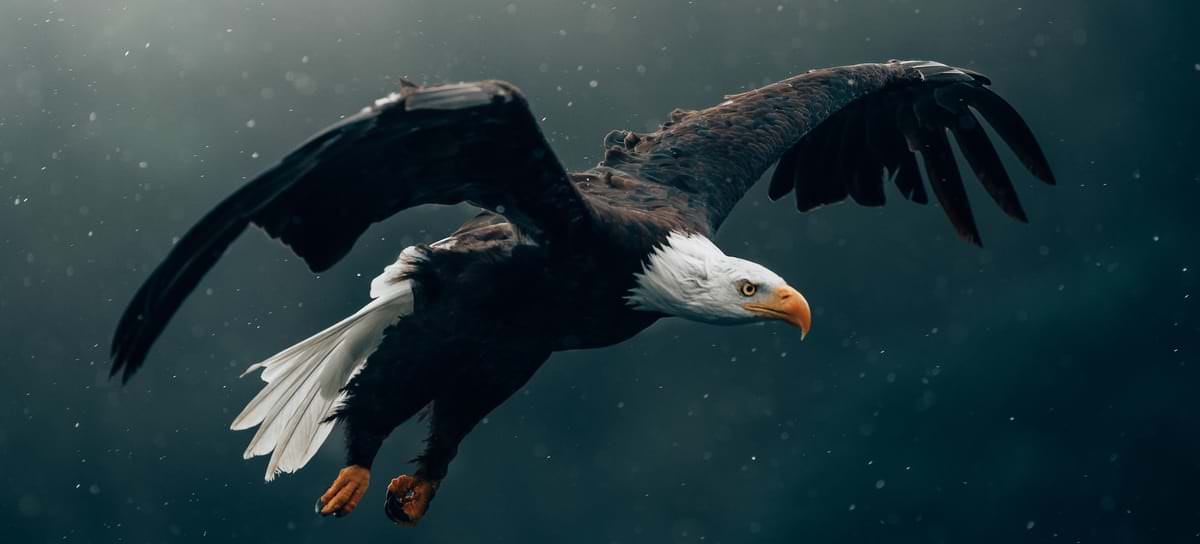Different Types of Flight

When you think of a bird, you probably think of an eagle soaring through the air or a seabird wheeling above the ocean; these are all types of flight.
Gliding flight is possible only when the forces of lift and drag are adjusted
to be equal to the weight of the bird. For optimal gliding, a bird's wing must
maximize lift and minimize drag. Except Hummingbirds, all birds glide to some extent when flying. As a rule, the smaller the bird, the shorter the distance it can glide and the faster it sinks.

Land birds use wind currents such as thermals and obstruction currents to gain altitude. Obstruction currents are produced when wind currents are deflected by mountains, cliffs, or tall buildings. These birds have large and broad wings and a low body weight. Using these updrafts of air, birds can hover high in the air without using their energy.

The soaring flight of seabirds like albatrosses, large petrels and shearwaters is based on different physical principles. Over large bodies of water, there are only horizontal gusts of wind, named gusts, unlike the updrafts of the mainland. These birds have to swoop upwards to get higher. The higher up that the birds are, the less powerful the gusts.
Gliding is a downwards movement, while soaring is an upwards movement.




